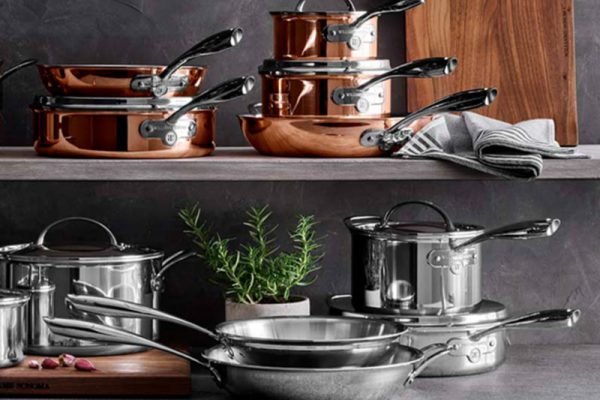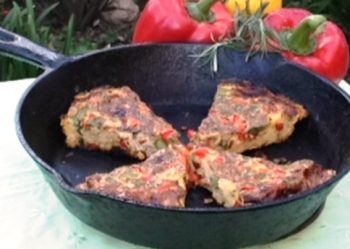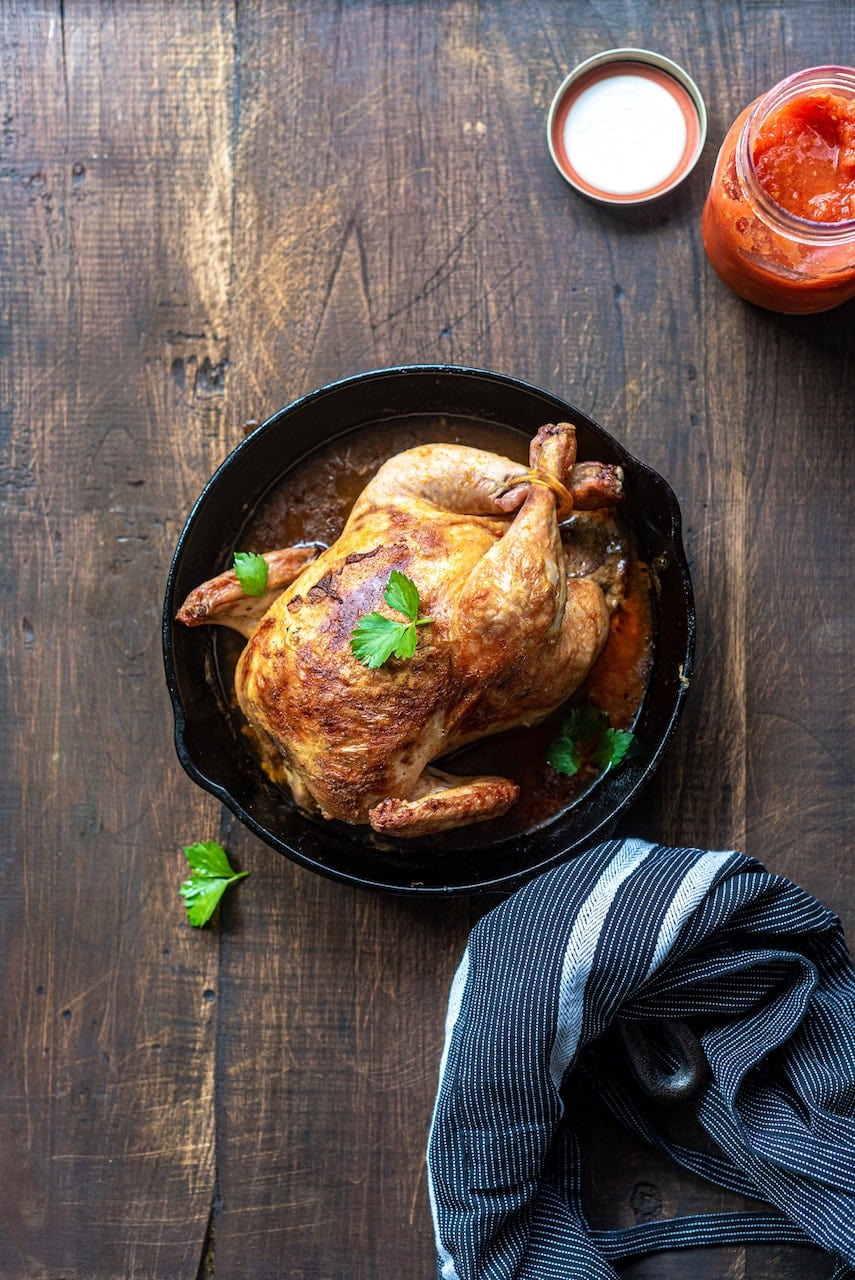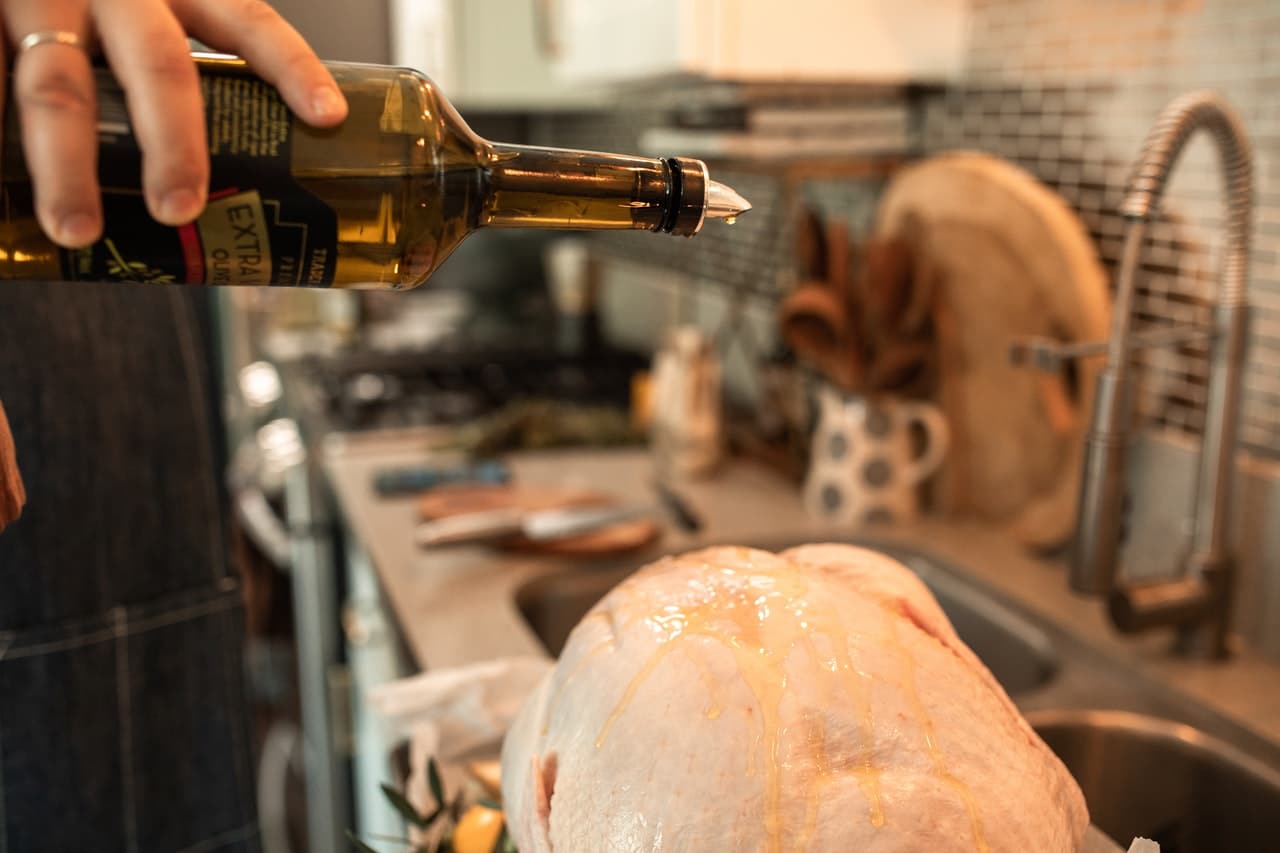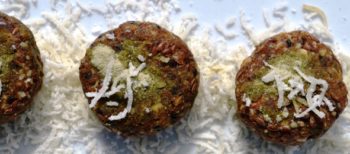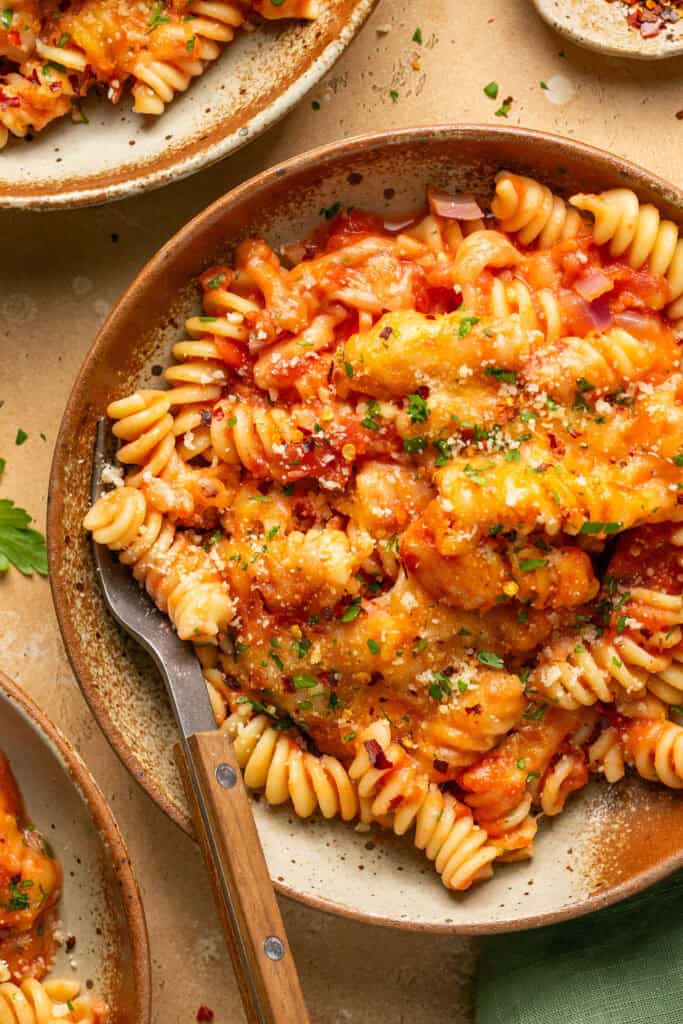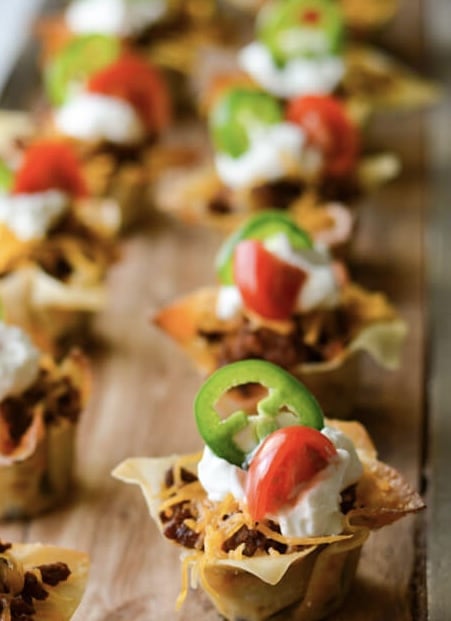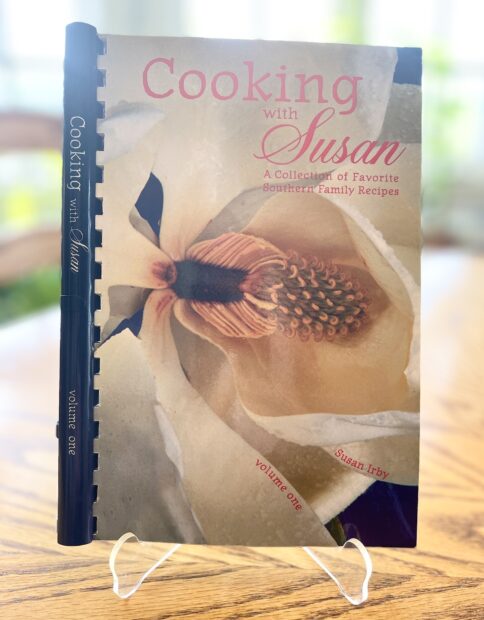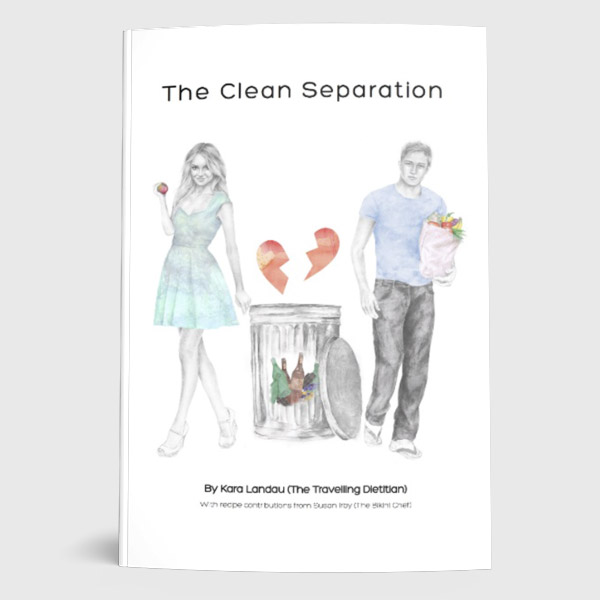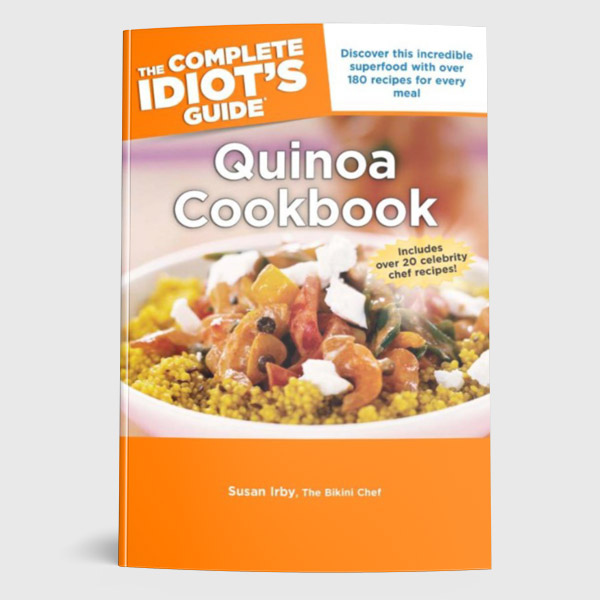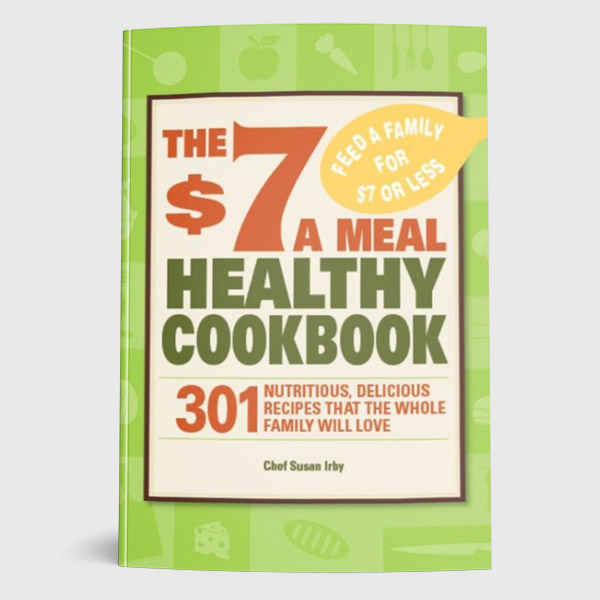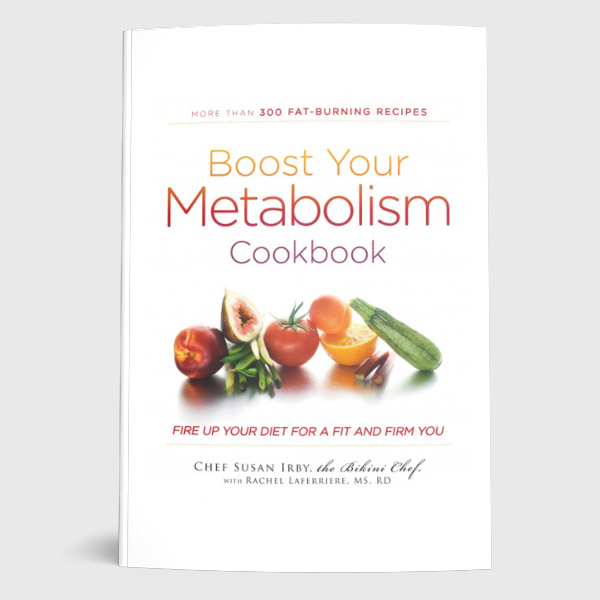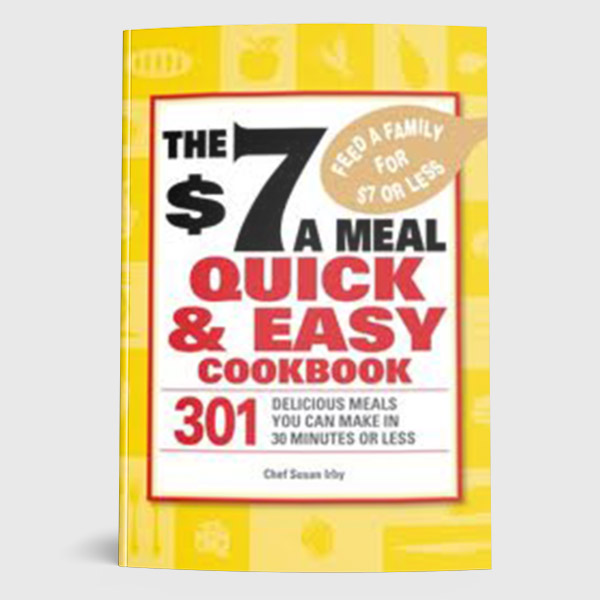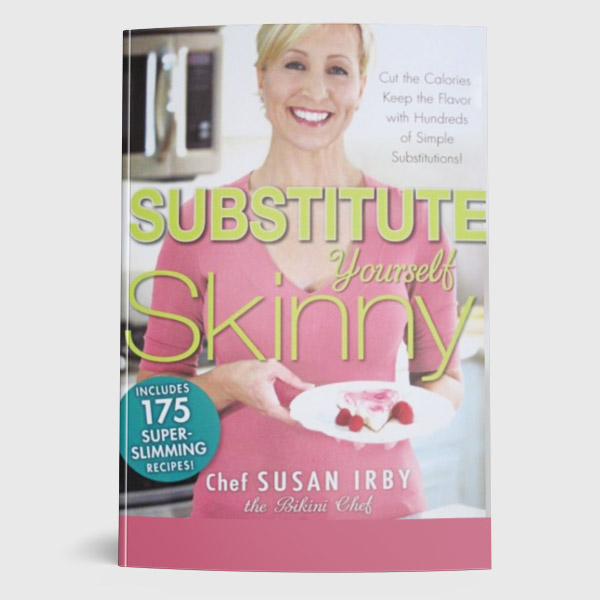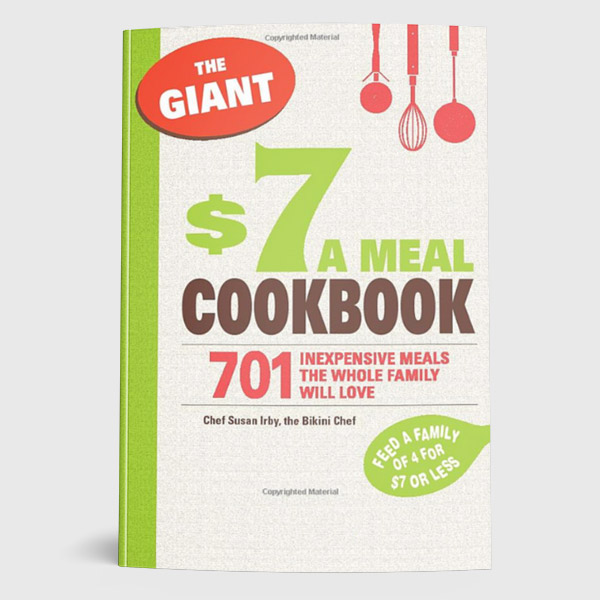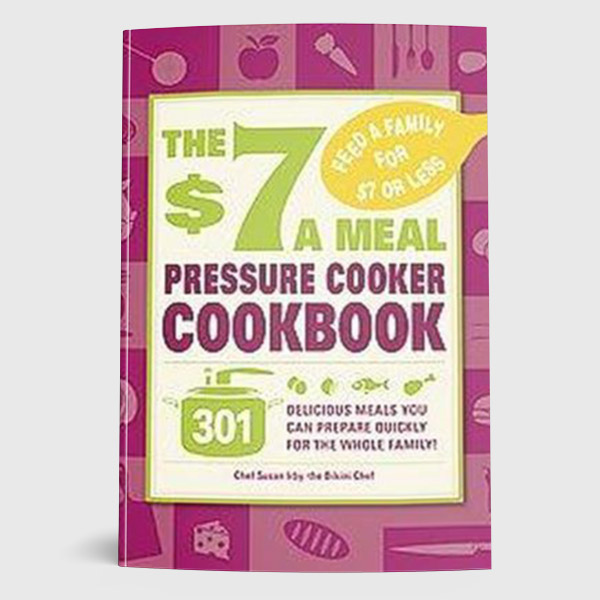The best types of cookware for a healthy family
When it comes to cooking, you want the best foods for your family. Yet, the question recently arose, “What types of cookware are the safest and healthiest to cook with?” GREAT question! Foods and cooking methods are an essential part of health and cooking in the safest, healthiest forms of cookware is just as vital.
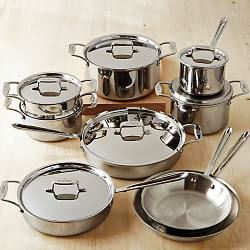
Here, the best types of cookware to optimize health (and the ones to avoid):
Best Cookware for Health:
*Stainless Steel– Is non-toxic and there are many stainless steel cookware lines (brands) in the market. All-Clad and Viking are examples. Even though stainless steel is non-toxic, still use non-metal utensils when stirring to avoid scratching the surface of the pan and getting the residue in your food.
*Cast Iron – When cooking in a cast iron skillet, a certain level of iron does emit into the food. Our bodies need iron so it is not deemed toxic to the body, however, it is not recommended to cook every single dish, every single day in cast iron. Use cast iron as needed but not necessarily daily. I use Cast Iron for stove top low-heat grilled items and making frittatas, for example, as they transfer easily from stove top to oven.
*Glass – cooking with glassware is easy and versatile. Think of glass baking dishes, there are some stove top glass cookware. One note when using glassware, do not transfer extreme heat differences too quickly meaning, if you baked a casserole, for example, in glassware, do not immerse in cold water immediately, it may crack. And vice versa… don’t pour boiling hot water into a cold glass dish as it may cause the dish to break.
*Ceramic and Stoneware cookware are great for soups, stews and casseroles.
*“Green-friendly” Non-stick – In recent years, “green-friendly” non-stick cookware has been developed that avoids the use of harmful toxic coatings and materials, including perflourinated compounds (PFCs) which are compounds associated with stain resistant products and non-stick surfaces. Read labels carefully before purchase.
Cookware to Avoid:
*Aluminum – Aluminum cookware emits a small level of toxins that have been linked to Alzheimer’s Disease. Some traditional non-stick cookware engages the use of PFCs and teflon which are toxic and have also been linked to health conditions.
*Non-stick, Teflon, coated Cookware – Today, as mentioned above, there are some newer types of non-stick cookware that is non-toxic. Avoid the older-style traditional non-stick pans and invest in green-friendly cookware that is free of PFCs and toxins.
Along that note of non-stick, avoid non-stick sprays. Others have said they are “safe” but I don’t agree. For oil sprays, buy a non-toxic plastic spray bottle and fill with a high temperature-friendly oil such as grapeseed or macadamia nut. Cook foods over lower heat. You can still get a nice caramelization on foods when cooking at lower temperatures and it is a healthier cooking method. To clean foods that have stuck to pans, heat the pan and simply pour in water. Use a wooden spoon or non-scratch utensil to gently scrape and lift the food bits from the pan.
